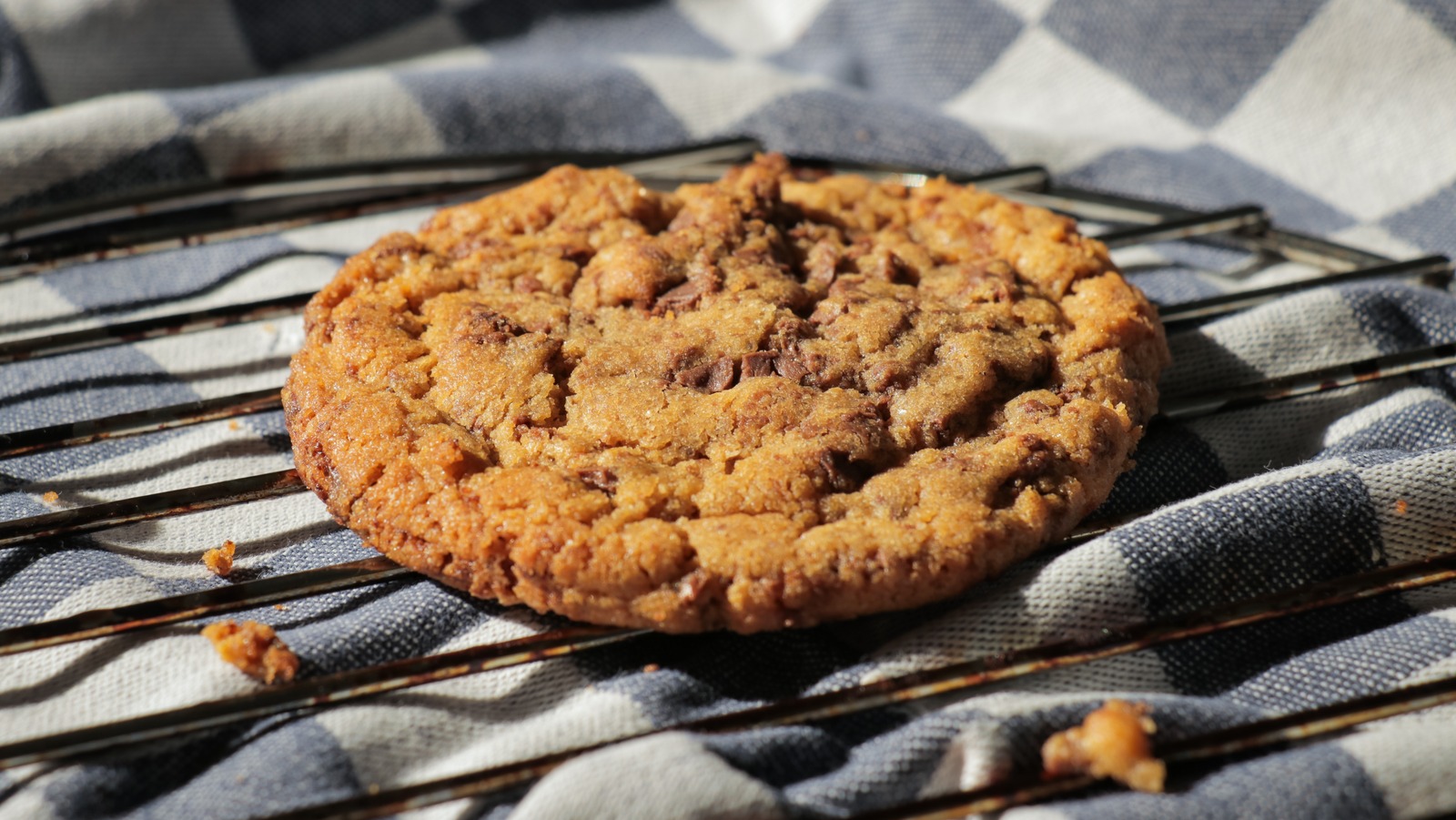
"It's no secret that one of the most common cookie baking mistakes everyone runs into is baking cookies at the wrong temperature. Luckily, a sample cookie can prevent that from happening. All you have to do is place one singular cookie onto a properly lined baking sheet. Then, bake it for the recommended amount of time you would bake a full tray of cookies. Once it's baked, carefully examine your cookie."
"If your sample cookie failed to expand during the baking process, that means you need to lower the oven temperature by a few degrees. You want your cookies to spread just enough so they evenly bake and develop a desirable, chewy texture. However, if your sample cookie looks like a deflated, puddle of sadness, consider increasing the oven temperature. You want to make that change because extremely thin cookies lack everything that makes cookies delicious."
Baking a single sample cookie before committing to a full tray identifies temperature and user errors that affect cookie spread, texture, and doneness. Place one cookie on a properly lined baking sheet and bake for the same time as a full tray, then examine the result. If the sample does not expand, lower oven temperature a few degrees; if it becomes an overly thin, deflated puddle, raise the temperature. Proper spread yields evenly baked, chewy cookies. Oven internal temperature can differ from the set temperature by large margins, sometimes nearly 60°F, affecting outcomes.
Read at Tasting Table
Unable to calculate read time
Collection
[
|
...
]